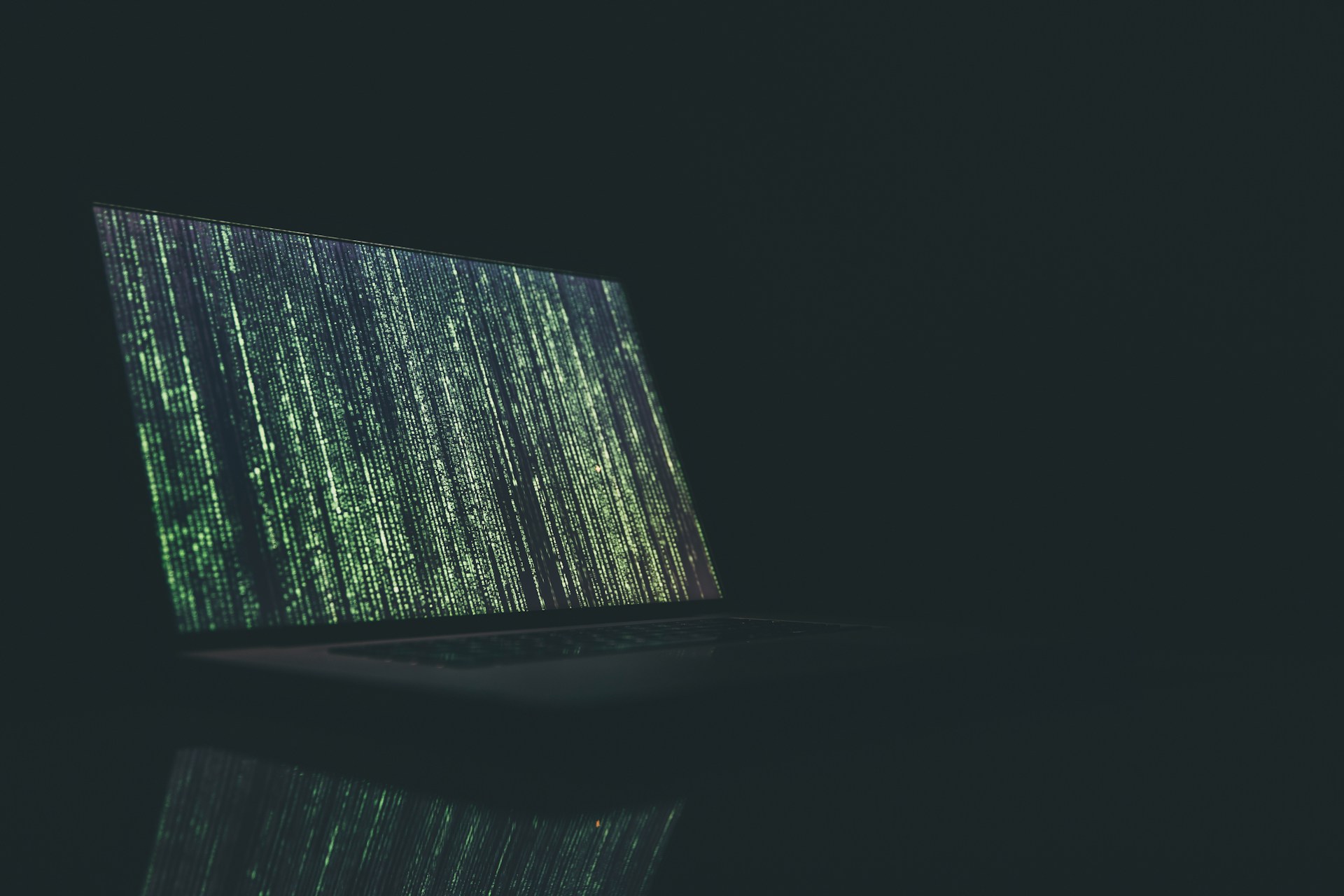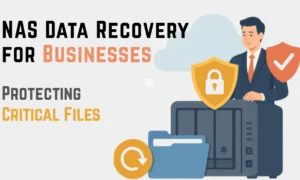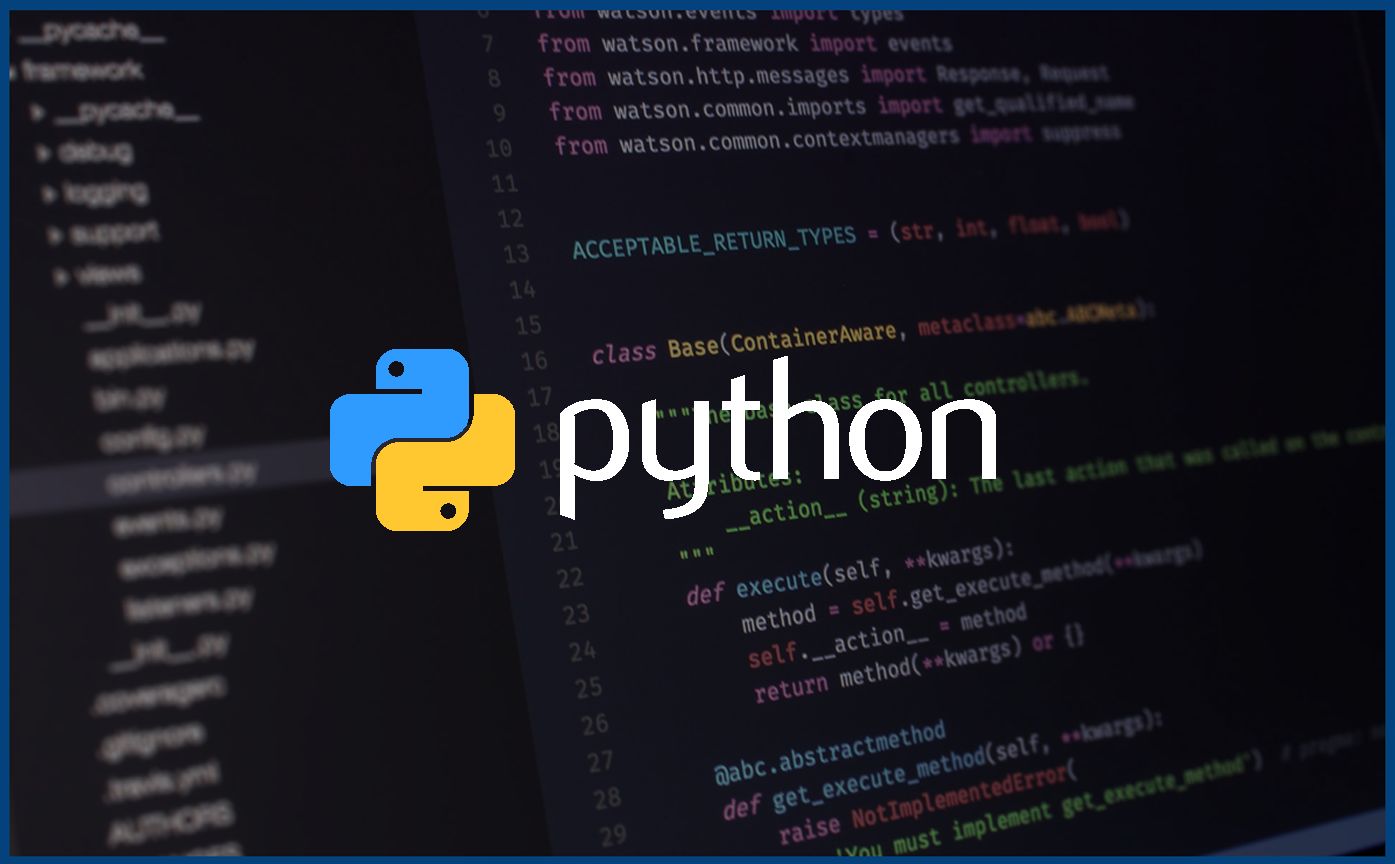The Digital Battlefield: Understanding Cyber Threats Growing Trends in Cyber Attacks
The landscape of cyber threats is rapidly evolving, driven by technological advancements, increased connectivity, and the sophistication of cybercriminals. The surge of remote work has expanded the attack surface, as employees access corporate networks through diverse devices and unsecured home networks. Ransomware attacks, in particular, have escalated, targeting organizations’ sensitive data and demanding hefty ransoms for access.
Moreover, the rise of ransomware-as-a-service has democratized access to cybercrime, enabling less skilled offenders to execute attacks. This trend is compounded by the surge of supply-chain attacks, exemplified by the SolarWinds breach, where attackers infiltrate software providers to compromise their clients.
With businesses heavily reliant on interconnected systems and third-party vendors, this trend indicates a favorable hunting ground for cyber criminals. Another alarming trend is the emergence of deepfake technology, which can create hyper-realistic audio and visual content, potentially allowing for new, sophisticated phishing scams. As attacks continue to escalate, organizations must remain vigilant and proactive in fortifying their defenses.
The Anatomy of a Data Breach
A data breach can occur due to various reasons, but understanding its anatomy is crucial for cyber defense strategy. A typical breach often begins with an initial compromise, such as a phishing email that entices a user to click on a malicious link or download an infected attachment. Once inside the network, attackers leverage various techniques, including lateral movement across systems, privilege escalation, and data exfiltration methods, to gather sensitive data.
Breaches can lead to catastrophic consequences, including financial losses, reputation damage, legal penalties, and the erosion of customer trust. For organizations, the aftermath of a breach often entails an extensive forensic investigation, mandatory breach notifications, and regulatory compliance fallout, which can all take a toll on operational efficiency. This highlights the importance of preemptive measures, such as robust security protocols and comprehensive data protection policies, to mitigate risk and potentially avoid an incident altogether.
Common Misconceptions About Cyber Security
Cyber security is often clouded by misunderstandings that can lead to inadequate protection and increased vulnerability. One of the most prevalent misconceptions is the belief that cyber security is solely the responsibility of IT departments. In reality, security is a collective effort that involves everyone in the organization, from the executive suite to individual employees. Another misconception is that small to medium-sized enterprises (SMEs) are less likely to be targeted than larger corporations. However, research shows that SMEs are increasingly in the crosshairs of cyber criminals, who often exploit their weaker security measures.
Additionally, some organizations mistakenly assume that installing antivirus software is sufficient for protection, overlooking the need for comprehensive cyber security solutions that address advanced threats. Organizations can foster a more informed and security-conscious culture by dispelling these misconceptions and implementing robust cyber security solutions, significantly strengthening their defense posture.
Savvy Strategies: Building Your Cyber Defense Fortress
Essential Tools for Every Cyber Warrior
The foundational tools of cyber security can be likened to essential gear for a warrior preparing for battle. First and foremost, firewalls act as the first line of defense against malicious traffic, scrutinizing incoming and outgoing data and enforcing security policies to block unauthorized access. Intrusion detection systems (IDS) go hand-in-hand by monitoring network activity and identifying potential threats in real-time. Anti-malware solutions are critical for locating and eliminating malicious software before it can do harm.
Additionally, data encryption tools ensure that sensitive information remains confidential, even if it falls into the wrong hands. Other essential tools include security information and event management (SIEM) systems for incident response and threat intelligence platforms that provide real-time context and threat assessment. By deploying a comprehensive suite of tools, organizations can create a robust cyber defense infrastructure that evolves in response to the changing threat landscape.
Implementing Multi-Factor Authentication: A Game Changer
Multi-factor authentication (MFA) stands out as one of the most effective security measures available today. By requiring additional authentication steps beyond just a username and password, MFA deeply secures account access and drastically reduces the risk of unauthorized entry. For instance, after inputting their password, users may have to confirm their identity by entering a code sent to their mobile devices or by scanning their fingerprints.
This additional layer exponentially decreases the likelihood of successful attacks, particularly against phishing, where attackers often steal passwords but typically lack the second factor of authentication. Additionally, with cybercriminals increasingly leveraging credential stuffing attacks, where they use leaked credentials to gain access to multiple accounts, MFA serves as a powerful deterrent. Harnessing MFA not only strengthens access controls but also builds user confidence in an organization’s commitment to security.
The Importance of Regular Software Updates and Patching
Regular software updates and patch management are vital components of an effective cyber defense strategy. When vulnerabilities are discovered in software applications or operating systems, developers release patches to close these security gaps. This continuous improvement is essential because cyber criminals are always on the lookout for unpatched systems to exploit.
Automated software updates should be a standard practice across organizations, ensuring that all devices and applications are updated with the latest security enhancements without delay. Notably, the infamous WannaCry ransomware attack in 2017 exploited unpatched systems, resulting in widespread chaos. By making software updates and patch management a priority, organizations can not only prevent many potential breaches but also maintain compliance with regulatory standards, ultimately preserving their operational integrity and reputation.
Cultivating Awareness: How Human Behavior Impacts Security
The Psychology Behind Phishing Scams
Phishing scams exemplify how human psychology can be manipulated to bypass security measures. These scams play on emotions like urgency and fear, prompting individuals to act quickly without scrutinizing messages. Phishing emails often present themselves as urgent alerts from reputable organizations or repository warnings, coaxing users into revealing personal information or clicking malicious links.
The sophistication of these scams has grown exponentially, with attackers deploying social engineering techniques that leverage data harvested from social media or breaches to craft believable narratives. Understanding the psychological triggers that drive users to fall for phishing scams is crucial in developing effective countermeasures. By fostering a culture of skepticism and encouraging users to ask questions before acting on requests for sensitive information, organizations can significantly reduce the risk of successful phishing attempts.
Training Employees to Be Active Defenders
Employees remain the most critical line of defense against cyber threats, and therefore, comprehensive security training initiatives are imperative. Training should encompass not only the identification of phishing emails and social engineering tactics but also promote best practices for password management, data handling, and cybersecurity hygiene. Regular interactive training sessions that simulate real-world scenarios can enhance engagement and retention, empowering employees to recognize and react to potential threats effectively.
Beyond initial training, ongoing education is essential to keep security awareness fresh amid an evolving threat landscape. Organizations can implement security challenge programs that reward employees for reporting simulated phishing attempts or identifying suspicious behavior, reinforcing cyber security as a shared responsibility across all levels of the organization.
Creating a Cyber-Conscious Company Culture
Shaping a cyber-conscious culture within an organization revolves around fostering understanding and accountability. Leadership plays a pivotal role in illustrating the importance of security through transparent communication and a commitment to security investments. Establishing clear policies that promote safe practices and encourage employees to voice security concerns is crucial.
Regular discussions about cyber security topics in staff meetings, newsletters, or dedicated forums — including through secure workplace chat platforms — can normalize the conversation and encourage proactive engagement from all employees. Additionally, promoting recognition for secure behaviors can generate a positive feedback loop, wherein employees feel motivated to adhere strictly to security protocols. By embedding cyber security into the organizational culture, companies can cultivate an environment where every employee acts not just as a participant but as an active defender against cyber threats.
Future-Proofing Your Cyber Security: Trends to Watch
The Role of Artificial Intelligence in Protecting Your Data
Artificial intelligence (AI) is becoming an indispensable ally in cyber security, offering powerful capabilities that can revolutionize threat detection and response. AI algorithms analyze vast amounts of data to identify anomalies and potential threats far more efficiently than humans can. This capacity for real-time threat detection allows organizations to respond more swiftly to potential breaches, consequently minimizing damage.
AI also enhances intrusion prevention systems by continuously adapting and learning from previous attacks, strengthening defenses over time. However, with the rise of AI comes the challenge of adversarial AI, where cyber criminals leverage AI to execute more targeted attacks, necessitating constant vigilance. As organizations integrate AI into their cyber security strategies, it becomes vital to ensure that these systems are ethically programmed and monitored to prevent misuse.
Emerging Technologies and Their Security Implications
Emerging technologies such as the Internet of Things (IoT), cloud computing, and blockchain are altering the cyber security landscape significantly. IoT devices enhance convenience but also introduce vulnerabilities, as many lack robust security features, making them attractive targets for attacks. As businesses move their operations to the cloud, they must navigate new security challenges related to multi-cloud environments and data sovereignty.
Blockchain technology, while promising enhanced security through decentralization, also presents unique challenges in terms of data governance and the immutability of compromised data. Organizations must thoroughly assess the security implications of adopting these technologies and implement comprehensive strategies to address potential risks. An understanding of how these technologies interact with traditional security frameworks is essential for maintaining a robust cybersecurity posture.
Preparing for the Evolution of Cyber Crime
As the evolution of cybercrime progresses, organizations must adopt a forward-thinking mindset to remain ahead of emerging threats. This includes maintaining intelligence on current trends in cyber deceit and being proactive rather than reactive. Analyzing threat landscapes and attack vectors employed by adversaries can provide valuable insights for improving defensive strategies.
Regulatory compliance is also continuously changing, with organizations needing to stay attuned to laws governing data protection, ethical hacking, and incident reporting.
Furthermore, organizations should encourage collaboration with external experts and cyber security communities to share insights and foster a collective approach to combatting threats. From adopting cutting-edge technology to nurturing a knowledgeable workforce, organizations must be prepared to adapt their cyber security strategies, ensuring a resilient defense against an ever-evolving landscape of cybercrime.
































































